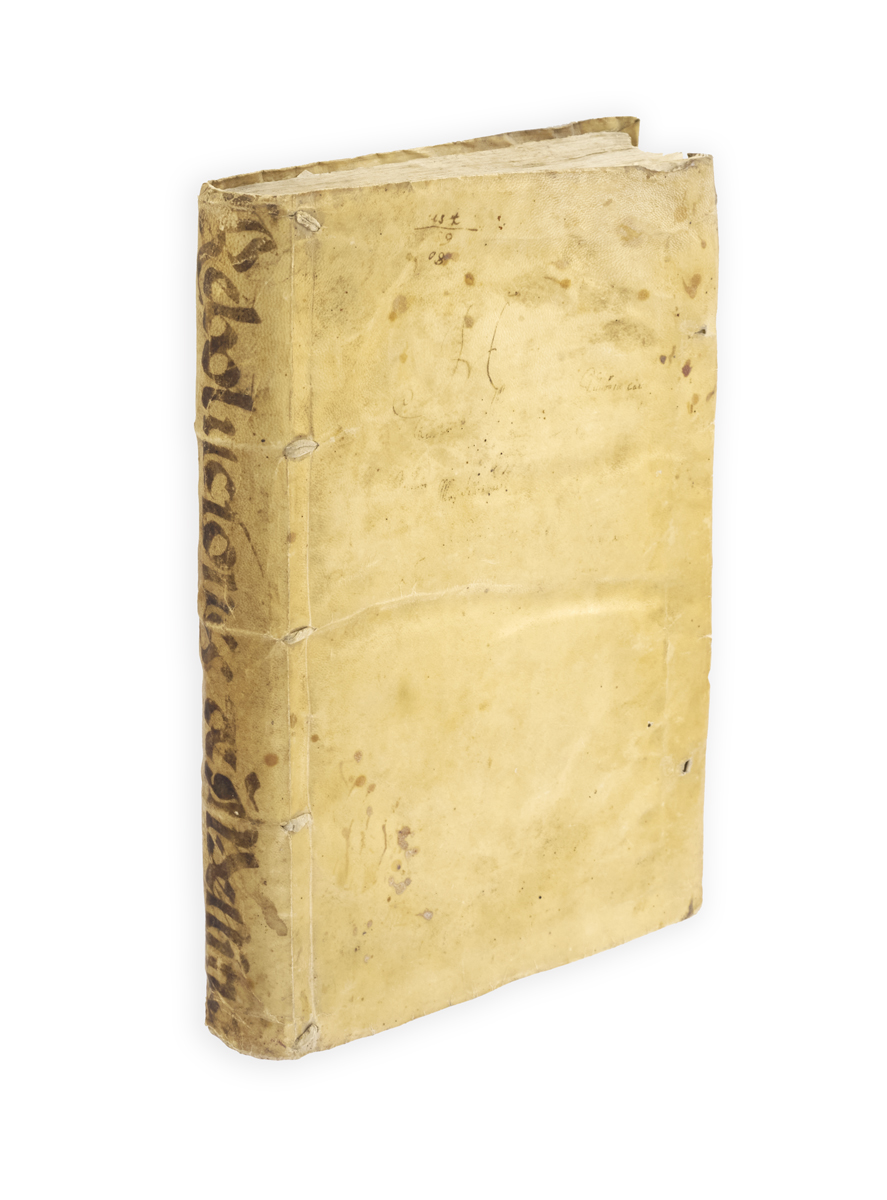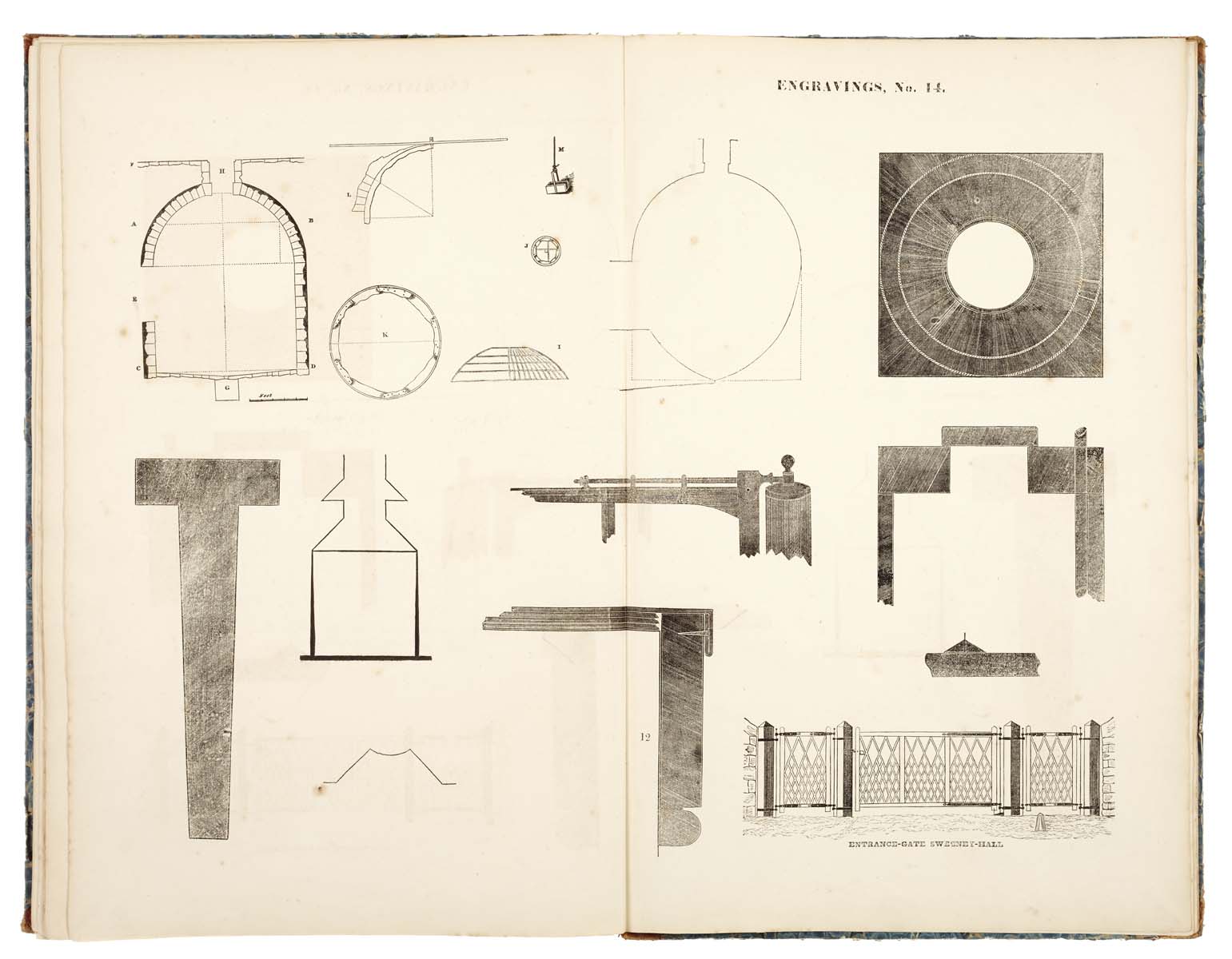

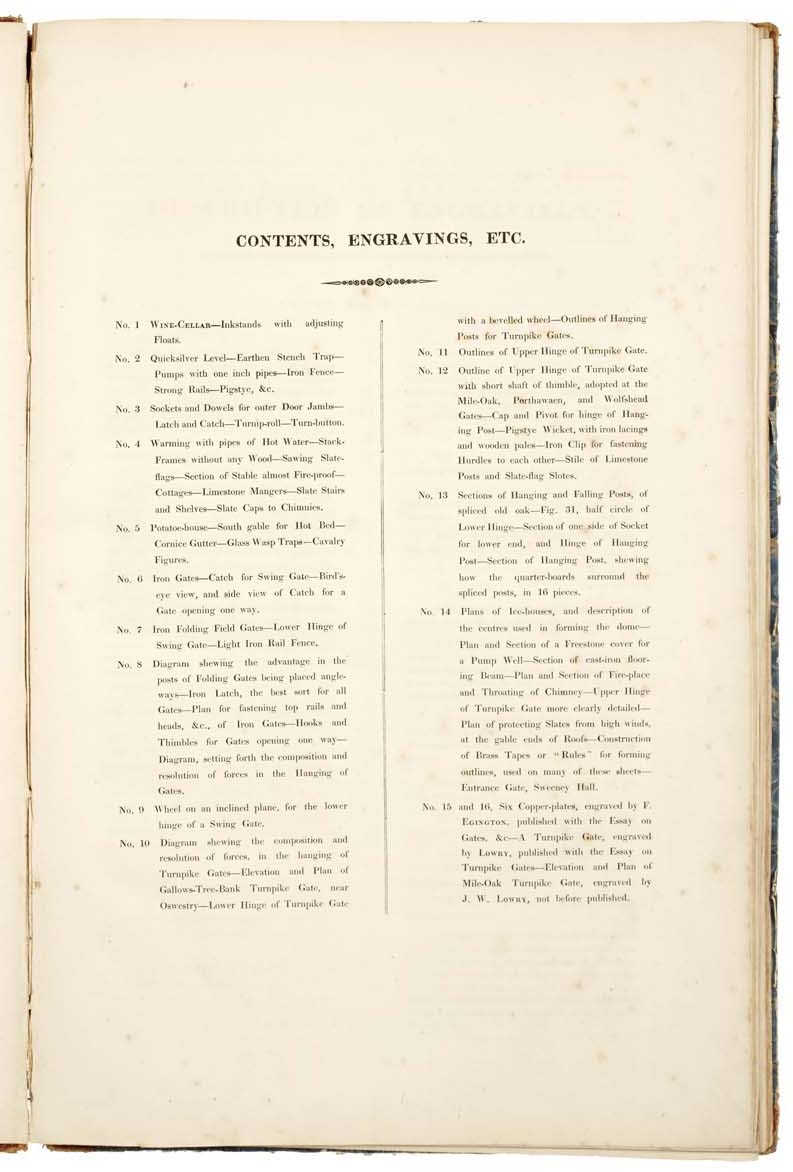
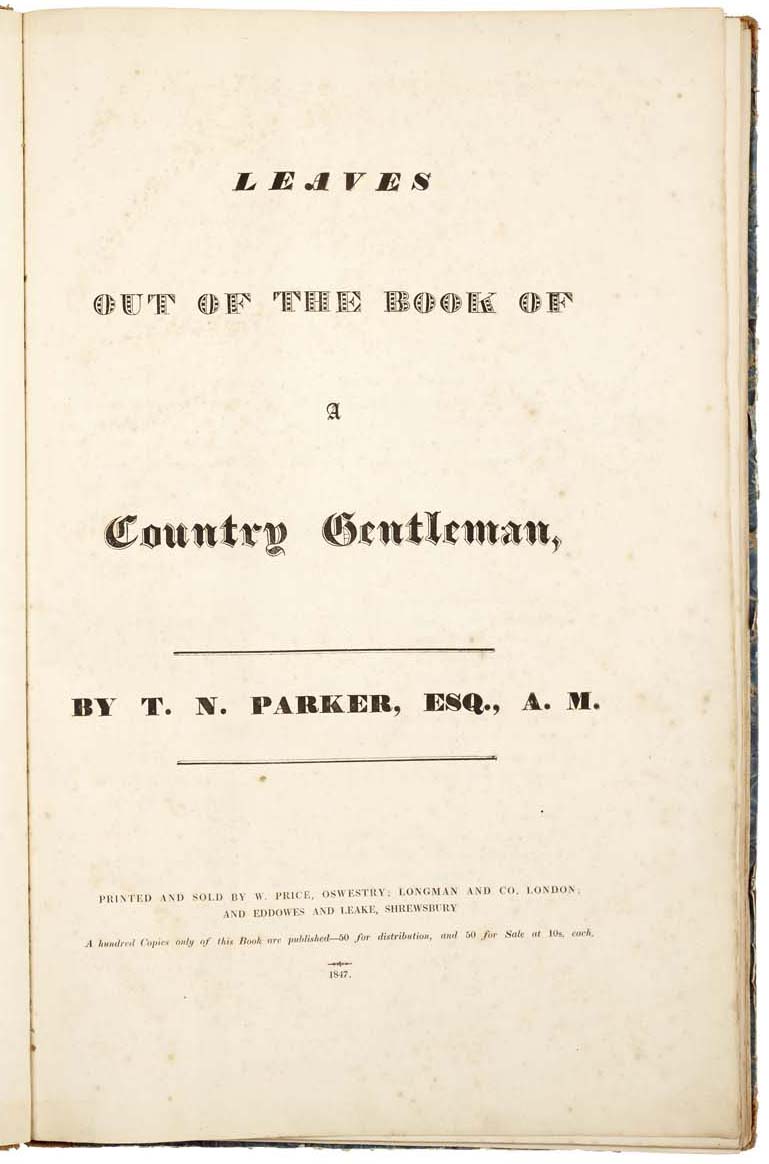
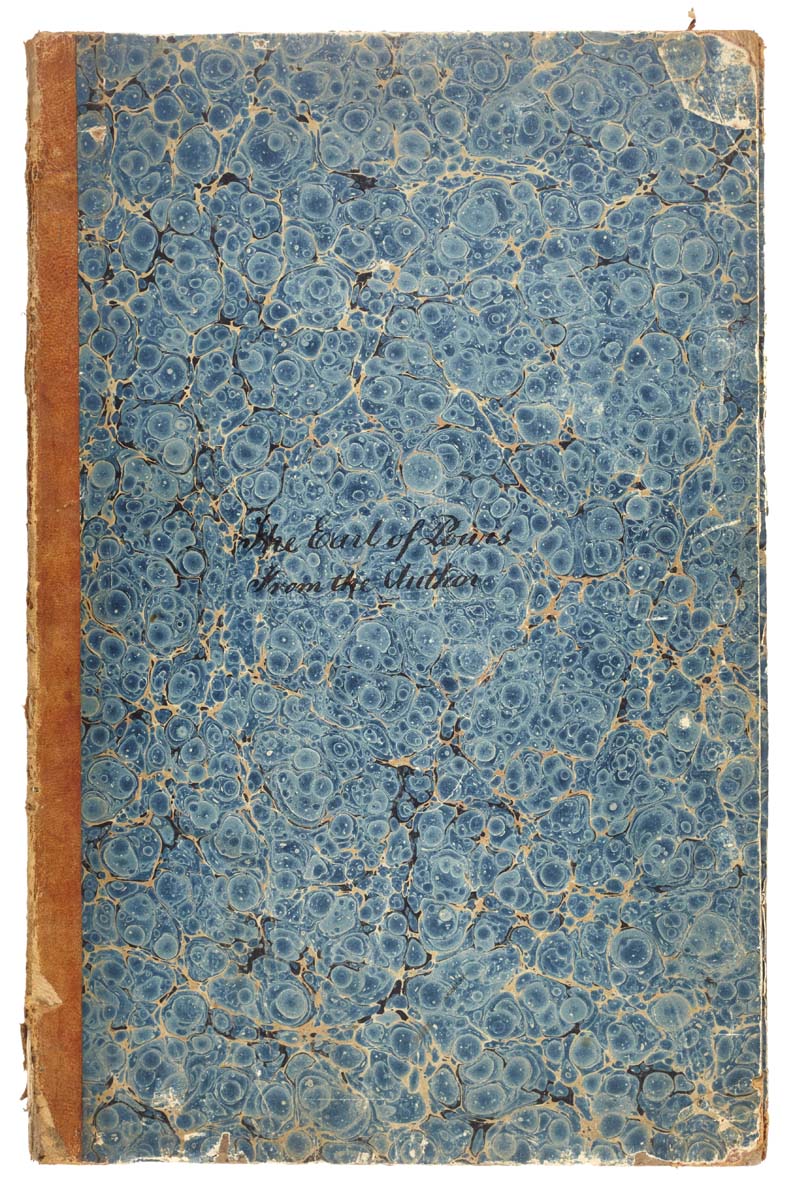
PRESENTED TO THE EARL OF POWIS
PARKER, Thomas Netherton.
Leaves out of the Book of a Country Gentleman.
Oswestry, W. Price, London, Longman & co., and Shrewsbury, Eddowes & Leake, 1847.
Folio (478 x 305 mm), pp. [6], 21, [1], with 32 sheets of illustrations (28 with double-page woodcut plates, the last 4 with 8 engravings); some light scattered foxing but a very good copy; contemporary half roan with marbled sides, worn; upper board inscribed in ink ‘The Earl of Powis // From the Author'.
First and only edition of this very rare compilation by Parker of his farm and estate experiments and inventions, one of one hundred copies privately published, and presented by the author to the Earl of Powis.
The collection comprises the eclectic inventions of the amateur engineer and agriculturalist Thomas Netherton Parker of Sweeney Hall (1772–1848), devised and designed ‘as they occurred during half a century to the present time’. His interests were evidently wide, with the present work sharing his developments in wine cellars, inkstands, quicksilver levels, pumps, fireproof stables, slate stairs and limestone mangers, ice-houses and potato-houses, and a variety of designs for gates. The only previously published plates are those from his Essay on the Gates of 1804, to which Parker here adds a further two engravings showing the ‘Elevation and Plan of Mile-Oak Turnpike Gate, engraved by J.W. Lowry, not before published’, from the original set of plates but not published in 1804.
In his address to the reader, Parker writes eloquently and wistfully about his work: ‘An amateur experimentalist or contriver is met by various difficulties on turning every corner in his proceedings, partly from the wan of a lively interest in the parties retained in the matter under notice, but chiefly, when an amateur makes a bargain with a tradesman for the public, the tradesman is apt to think that he would lessen his profits by going out of his old course.
‘In conclusion, what I have to offer to the public is without any condition or reserve, and one is at full liberty to copy, alter, improve, make, and sell, any of the articles which I have endeavoured to describe, for his profit, or pleasure.’
There is also an Appendix with further detailed experiments and inventions, such as a Syphon Barometer (‘manufactured by Messr. Casella of Hatton Gardens, London, and specimens may be seen at the London Agricultural Society; or with the Seedsman, Richard Salter of Oswestry’). There is an account of the building of Parker’s Tower on Sweeny Mountain, which he had erected to employ labourers who needed work in 1817, and practical advice on how to deal with wasps nests and build efficient wasp traps. The appendix is full of wry observations and advice by an enquiring engineering mind which in old age can look back and report on fifty years’ experimentation: ‘The chamber floor of the offices of my house was laid with seasoned poplar boards in 1805, and are quite sound in 1847’; ‘About the year 1818, I built a cottage, in which I introduced cast-iron spars and wire instead of laths, and the chamber floor was made of cast iron beams and slate flags. This has not wanted any repair for the space of nearly 30 years: it would be difficult to set it on fire’.
The work was printed at Oswestry in Shropshire, not far from Parker’s home, Sweeney Hall, and limited to one hundred copies, of which fifty for sale (at 10s. each) and fifty for distribution by the author, as here.
Library Hub (Copac) locates copy at the BL, Bodleian, Chirk Castle, CUL, NAL, NLS, and TCD; OCLC adds copies at BnF, Canadian Centre for Architecture, Columbia, University of California, Winterthur, and Yale.

